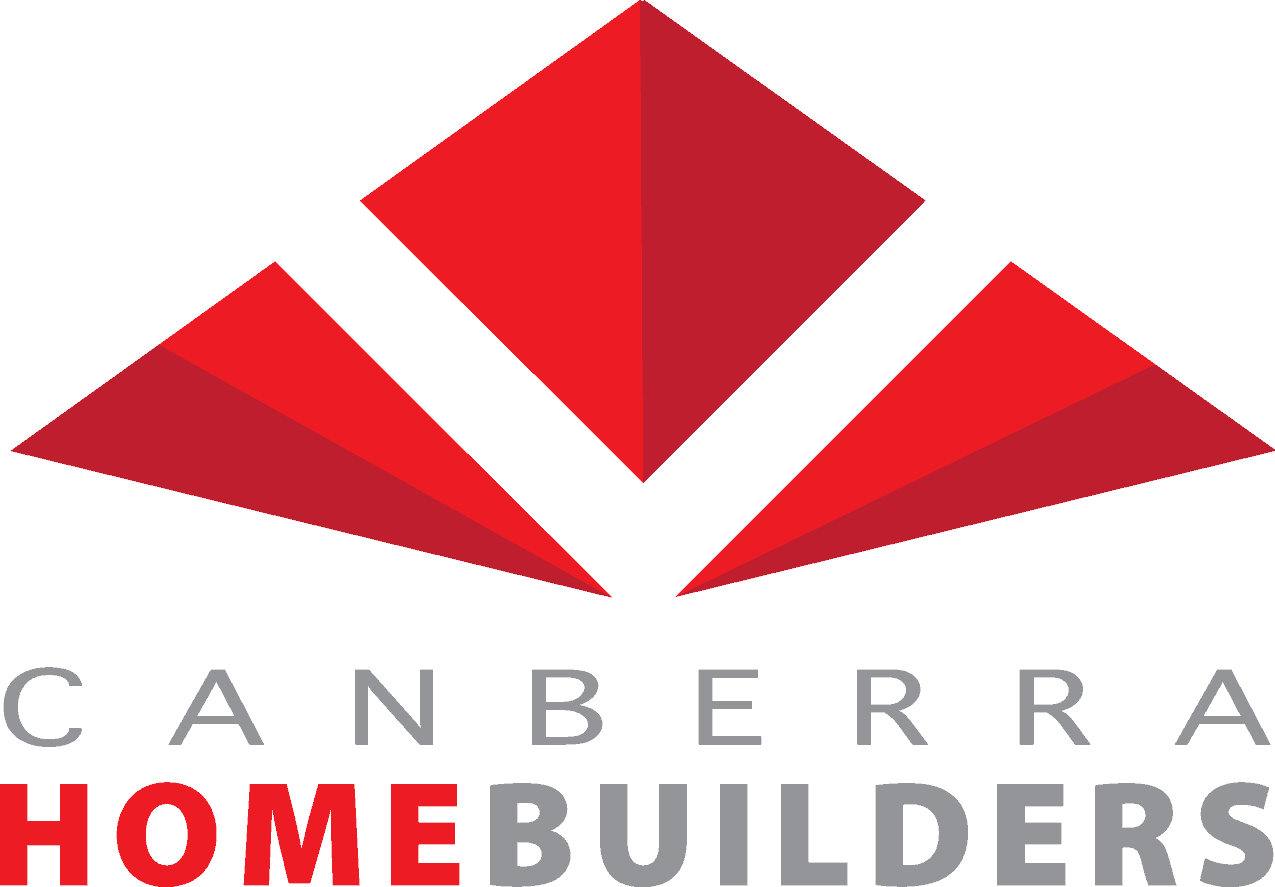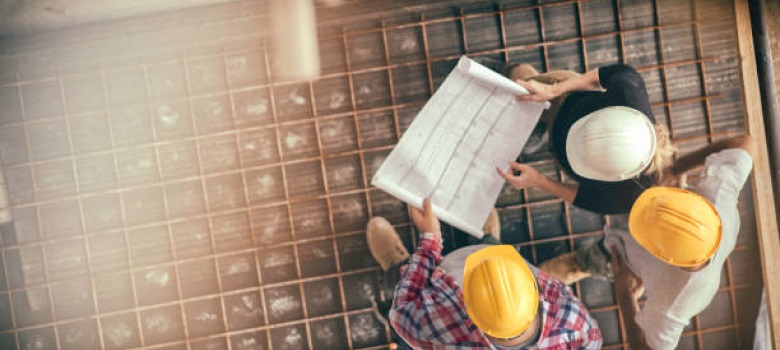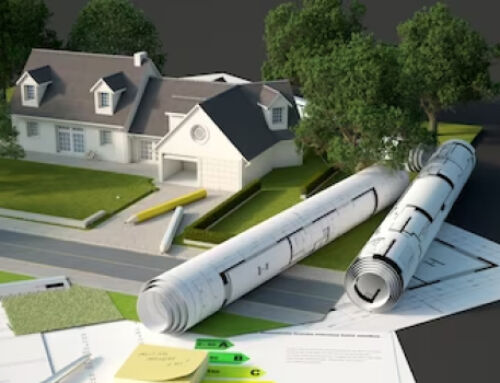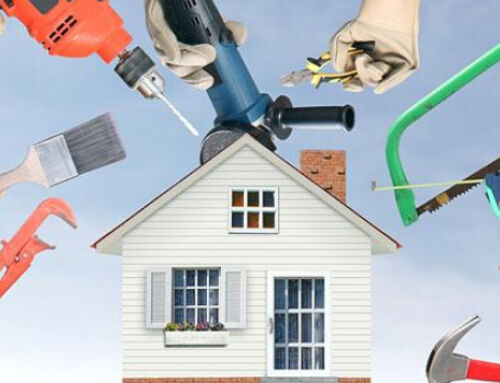Have you been looking into energy-efficient home design?
Whether it’s to live with greater independence or slash energy bills, more and more homeowners are seeking ways to reduce their carbon footprint and create a sustainable living environment.
In Canberra, building an energy-efficient home is not only environmentally responsible but also financially beneficial. By incorporating energy-efficient design principles and innovative technologies, you can construct a home that minimises its impact on the environment while maximising energy savings.
That’s a win-win.
In this article, we’ll explore some key strategies to help you build an energy-efficient home and take advantage of sustainability and clean energy initiatives.
Let’s get right into it.
#1 – Embrace Passive Solar Design
Passive solar design is a core energy-efficient home feature.
Since temperatures can heat up in summer and drop dramatically in winter, this design approach utilises the sun’s natural energy to heat and cool the home, reducing the need for artificial heating and cooling.
You can orient your home to capture the winter sun and incorporate large, well-insulated windows on the northern side to maximise solar gain. Conversely, minimise window openings on the southern side to reduce heat loss during colder months.
Get Inspired… Best Energy Efficient House Floor Plans
#2 – Optimise Insulation
Proper insulation is critical to maintain a comfortable indoor temperature year-round.
Canberra’s climate demands high-quality insulation to keep the heat out during summer and retain it during winter. You can insulate the roof, walls, and floors of your home with materials that have high R-values to ensure maximum thermal efficiency. Additionally, consider double or even triple glazing for windows to minimise heat transfer.
#3 – Choose Energy-Efficient Appliances
When outfitting your energy-efficient home, select appliances and electrical devices with high energy efficiency ratings. Look for the Energy Star label or equivalent Australian energy efficiency ratings. Efficient appliances consume less energy, leading to reduced electricity bills and a smaller carbon footprint.
Get The Guide: How Much Does a Passive House Cost?
#4 – Invest in Renewable Energy
Canberra’s abundant sunshine provides an excellent opportunity to harness solar power. Install solar panels on your roof to generate electricity for your home. A well-designed solar power system can substantially reduce your reliance on the grid, potentially leading to energy independence and lower energy costs in the long run.
#5 – Efficient Heating and Cooling Systems
Heating and cooling can be significant energy consumers in any home, especially in extreme climates like Canberra. Opt for energy-efficient heating and cooling systems, such as heat pumps or ducted evaporative cooling, which are known for their low energy consumption. Consider zoned heating and cooling to focus on occupied areas, further reducing energy waste.
#6 – Water-Saving Fixtures
Energy efficiency goes hand in hand with water conservation. Install water-saving fixtures like low-flow toilets, aerated faucets, and efficient showerheads. Harvest rainwater to use for irrigation and non-potable purposes, reducing the demand on the city’s water supply.
#7 – Smart Home Technology
Integrate smart home technology into your energy-efficient build. Smart thermostats, lighting systems, and automated energy management tools can optimise energy usage by learning your habits and adjusting accordingly. These technologies can significantly enhance your home’s overall energy efficiency.
#8 – Green Roof and Landscaping
A green roof or living roof can provide additional insulation, regulate indoor temperatures, and reduce stormwater runoff. Choose native plants for landscaping, as they are well-adapted to the local climate and require less water and maintenance.
#9 – Energy-Efficient Lighting
Swap out traditional incandescent bulbs for energy-efficient LED lighting throughout your home. LEDs are more durable, consume less energy, and last significantly longer, making them an excellent choice for an energy-efficient home.
#10 – Regular Maintenance and Monitoring
Building an energy-efficient home is just the beginning. Regular maintenance, such as sealing air leaks and servicing HVAC systems, is crucial to keep your home performing optimally. Additionally, monitor your energy usage to identify any potential areas for improvement and adjust your habits accordingly.
#11 – Proper Ventilation
While insulation is crucial for maintaining indoor temperatures, proper ventilation is equally important for ensuring a healthy and comfortable living environment.
Good ventilation helps to:
- Reduce indoor air pollutants
- Control moisture levels
- Prevent the buildup of stale air
Consider installing energy-efficient ventilation systems, such as heat recovery ventilators (HRVs) or energy recovery ventilators (ERVs). These systems transfer heat and moisture between incoming and outgoing air streams, reducing the load on your heating and cooling systems.
#12 – Energy-Efficient Water Heating
Water heating accounts for a significant portion of your household’s energy consumption. To improve energy efficiency, choose a high-efficiency water heater or consider alternative options like solar water heaters or heat pump water heaters. Insulate the hot water pipes to reduce heat loss during distribution, and consider using a timer to heat water only when it’s needed.
#13 – Utilise Thermal Mass
Incorporating thermal mass into your home’s design can help stabilise indoor temperatures. Materials like concrete, bricks, or stone have high thermal mass, allowing them to absorb and store heat during the day and release it slowly at night, contributing to a more even indoor temperature. Strategic placement of thermal mass, such as using concrete slab floors or exposed brick walls, can enhance the passive solar design and reduce the need for artificial heating and cooling.
#14 – Consider Sustainable Building Materials
When constructing your energy-efficient home, opt for sustainable and eco-friendly building materials. Materials like recycled steel, bamboo, reclaimed wood, and low-VOC (volatile organic compounds) paints contribute to a healthier indoor environment while reducing the environmental impact of your home’s construction.
#15 – Conduct a Home Energy Audit
Before and after building your energy-efficient home, conduct a home energy audit to assess its energy performance. Professional auditors can identify areas where your home may be losing energy and recommend improvements. Addressing any issues found during the audit can further enhance your home’s energy efficiency and overall comfort.
#16 – Embrace Passive Cooling Strategies
Canberra’s scorching summers can be challenging to tackle without air conditioning. However, by implementing passive cooling strategies, you can minimise the need for mechanical cooling. Planting trees or installing external shading devices can block direct sunlight from entering your home, reducing heat gain. Cross-ventilation through well-placed windows can encourage natural airflow, promoting cooling breezes throughout your living spaces.
#17 – Opt for Energy-Efficient Windows and Doors
Windows and doors are essential components of a well-insulated home. Choose energy-efficient windows and doors with low U-values and good sealing to prevent drafts and heat transfer. Double-check the framing material to ensure it is thermally broken to avoid creating a bridge for heat to escape.
#18 – Involve Sustainable Design Professionals
Working with architects, designers, and builders experienced in sustainable design and energy-efficient construction is crucial. These professionals can provide expert guidance on incorporating green building principles and technologies into your home, ensuring a seamless and efficient construction process.
#19 – Educate and Involve Your Family
Building an energy-efficient home requires a collective effort from all household members. Educate your family on the importance of energy conservation and encourage responsible energy usage habits. Simple actions, such as turning off lights and appliances when not in use and optimising thermostat settings, can make a significant impact on overall energy consumption.
#20 – Pursue Energy Efficiency Certifications
Consider obtaining energy efficiency certifications for your home, such as the Nationwide House Energy Rating Scheme (NatHERS) or the Green Star rating system. These certifications not only demonstrate your home’s commitment to sustainability but may also increase its resale value and attract eco-conscious buyers in the future.
What will your energy efficient home look like?
Building an energy-efficient home in Canberra is a worthwhile endeavor that benefits both the environment and your finances.
By integrating passive solar design, proper insulation, energy-efficient appliances, renewable energy sources, and other sustainable practices, you can create a comfortable and eco-friendly living space. Keep in mind that each home is unique, so consult with professionals to tailor the most effective energy-efficient strategies to your specific needs and budget.
Embracing energy efficiency in home construction is a crucial step towards a greener and more sustainable future. As more homeowners adopt these principles, we can collectively reduce our carbon footprint and contribute to a healthier planet for generations to come.
Let’s take responsibility for our environmental impact and build homes that prioritise energy efficiency and sustainability in Canberra and beyond.
Build Smarter with Canberra Home Builders
The team at Canberra Home Builders has been designing homes for over 20 years. We can work with you to refine your house plan so that it becomes a more energy-efficient home, or you can use one of our 15 preset designs and make it your own.
All our plans include an energy-efficient design. Plus, not only are they practical but also budget-friendly and modern. Then, for extra reassurance, we also include a six-year structural warranty on all of our work.
If you want to find out more about how you can make your design on paper or your current home more energy efficient, complete the online inquiry form or call us on 02 6171 6104 today. We look forward to building a more sustainable future together, one brick at a time.




